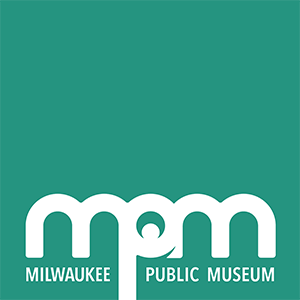Special Events
Celebración Latina: Cultivating Raíces (Roots)
September 20, 11 a.m. - 3 p.m.
FREE with admission
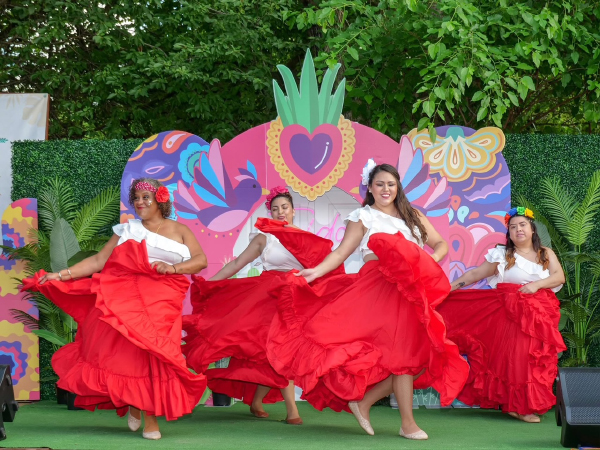
¡Celebremos juntos! Join us as we kick off Hispanic Heritage Month by honoring the multiethnic raíces (roots) of Hispanic heritage. Enjoy Afro-Latin and Caribbean dance performances by Cultura Viva and learn about the Museum's diverse collections items from Latin America through the bonus onsite learning opportunities listed below.
Performances at 11:30 a.m. and 1 p.m. in the Steigleder special exhibits gallery on the Second Floor.
Learn More
Celebración Latina: Hands-on Heritage
October 11, 11 a.m. - 3 p.m.
FREE with admission
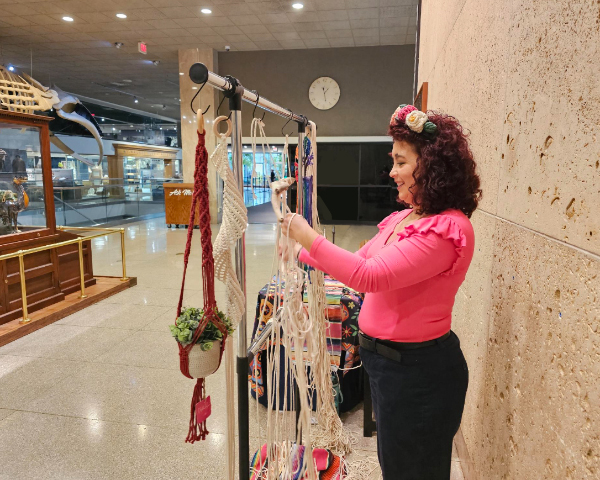
From their hands to yours! Join us as we close out Hispanic Heritage Month with workshops led by local artisans sharing their craft and cultural knowledge, and learn about the Museum's diverse collections items from Latin America through the bonus onsite learning opportunities listed below.
Artisan tables will be set up on the First Floor in Sense of Wonder.
Bonus Onsite Learning
MPM Educators will be on the exhibit floors Wednesdays through Fridays, as well as Saturday, September 20, and Saturday, October 11, to engage visitors in additional learning opportunities about the following topics, based on daily availabilities.
FREE with admission
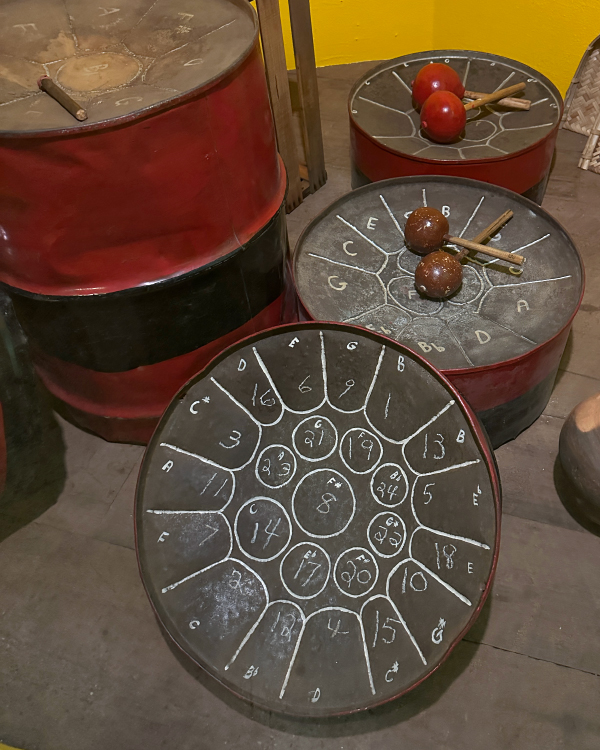
Ritmo n' Flow: Heritage in Music
Why does Latino music have so much ritmo? Learn about musical instruments created in Latin America through the Diaspora and rooted in nature. Flow to the rhythms and play some yourself!
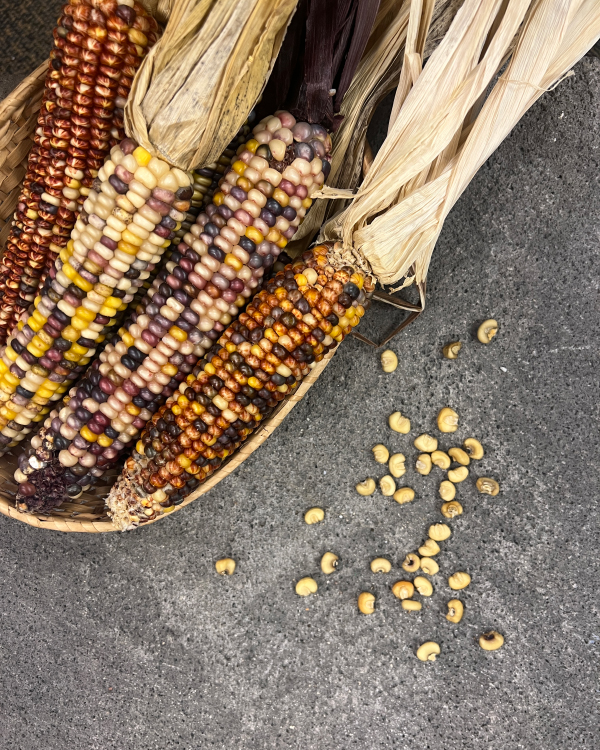
El Maíz: From Wild Grass to Global Grain
Originating in Latin America, corn ends up on our plates in many ways. From tacos, pupusas, arepas, and atole, to popcorn and cereal, corn is essential in our cuisine. Learn about this ancient grain, its domestication, and its significance in spirituality.
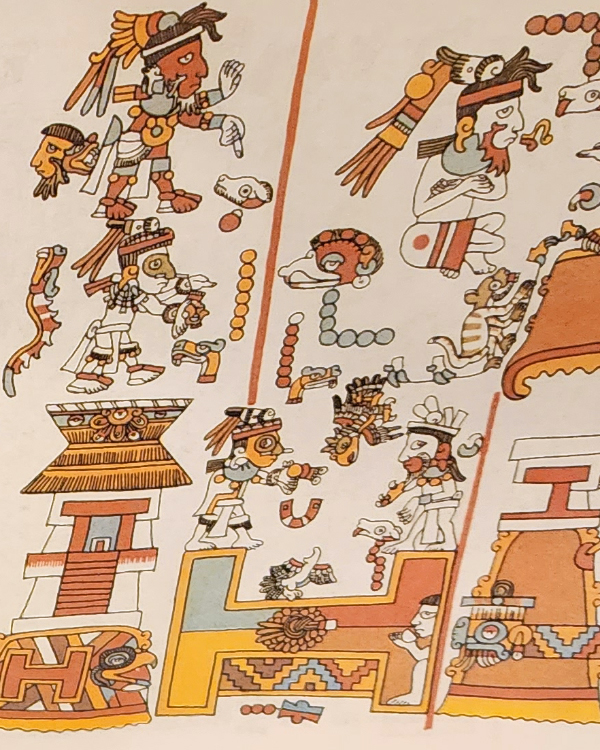
Zelia Nuttall: Archive Adventurer
Discover the life of Mexican-American archaeologist and anthropologist Zelia Nuttall, and through her work, immerse yourself in the world of ancient Mesoamerican civilizations!
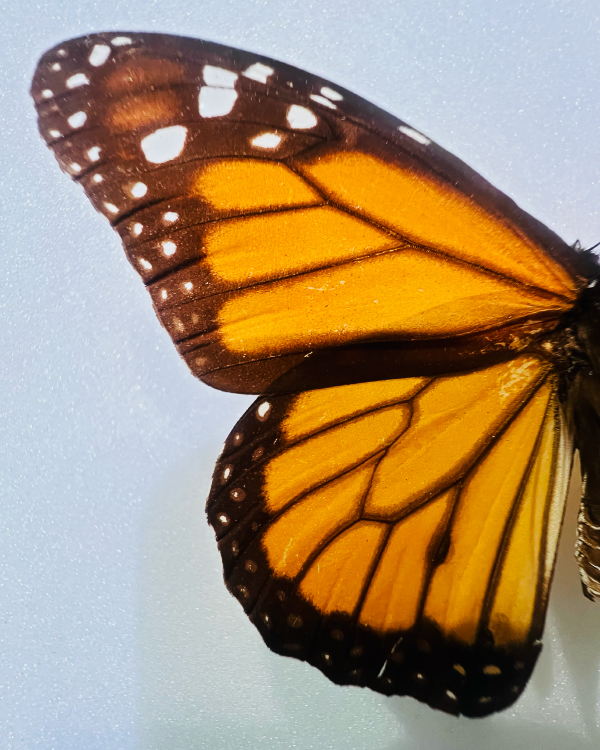
Community Science: Monarch Migration
Monarchs are one of the most recognizable and beloved butterfly species across the Americas, with some populations migrating hundreds of miles to overwinter in Michoacan, Mexico. Explore their connection to multiple cultures through science and art!
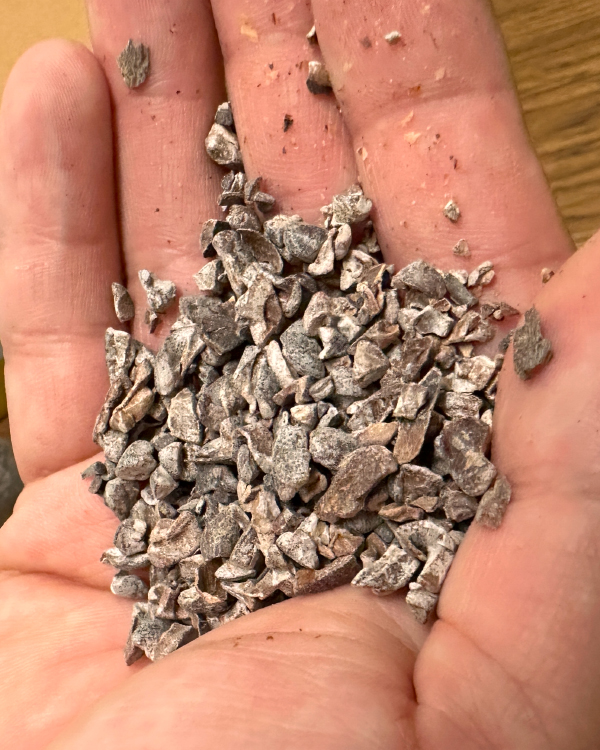
Chocolate: From Bean to Bar
Explore the science and cultural significance of chocolātl (the precursor to modern-day chocolate) in the Americas throughout history.
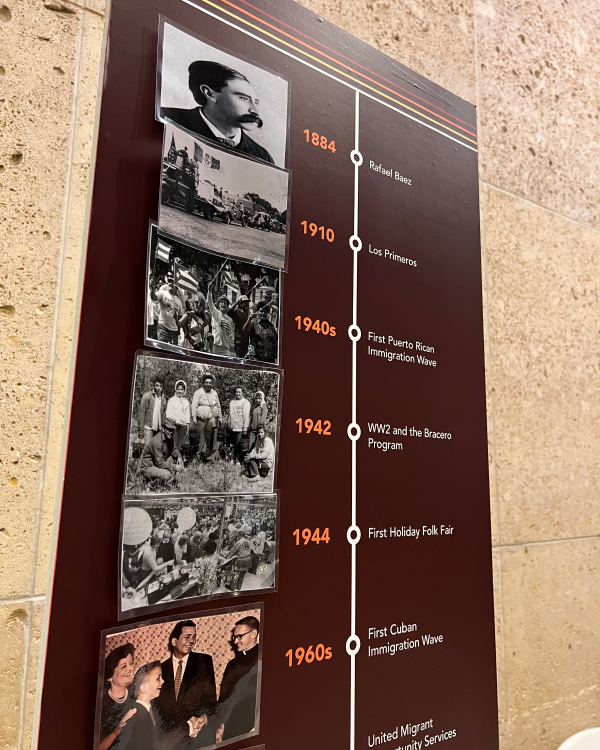
Milwaukee Latino History Timeline
Latinos are one of the largest cultural groups to call Milwaukee home and have a rich history throughout Wisconsin. Take a look back at 150 years of Latino history and how the communities continue to shape the city.
Additional Resources
Hispanic Heritage Month Reading List
Want to learn more about Hispanic Heritage? Check out our MPM Educators curated booklist for recommended reading!
Start Reading
Collections and Exhibits
Guatemalan Marketplace
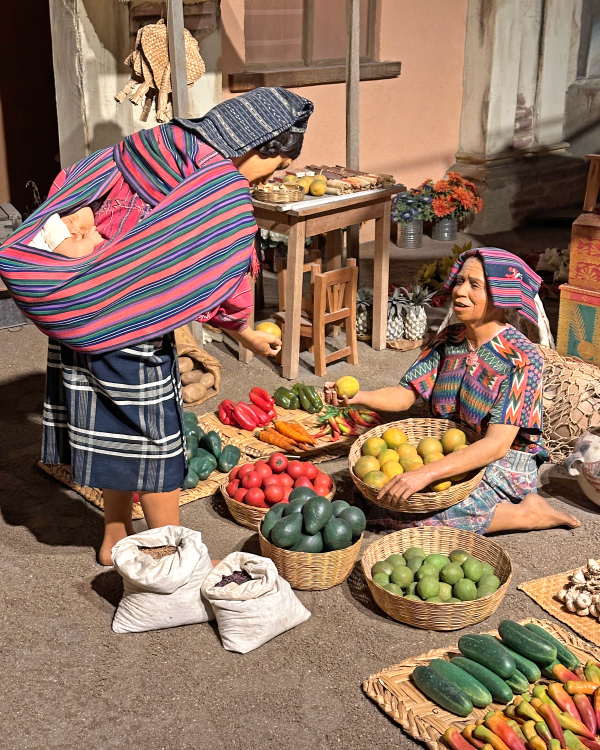 Across from the elevators on the Third Floor, visitors can explore a life-size diorama of a recreation of the Merced Market in Antigua, Guatemala during the mid-20th century. The Spanish erected a church there in the 18th century which suffered damage from repeated earthquakes through the centuries. You can see the fallen and broken architectural features in the background and foreground of the diorama.
Across from the elevators on the Third Floor, visitors can explore a life-size diorama of a recreation of the Merced Market in Antigua, Guatemala during the mid-20th century. The Spanish erected a church there in the 18th century which suffered damage from repeated earthquakes through the centuries. You can see the fallen and broken architectural features in the background and foreground of the diorama.
The K'iche' Maya of the southern highlands visited the market for staple items such as beans, corn, chili peppers, rice, and bananas. While the market has moved to another location in Antigua, many of the items depicted here are still sold nearby.
Zingg-Bennett Tarahumara Collection
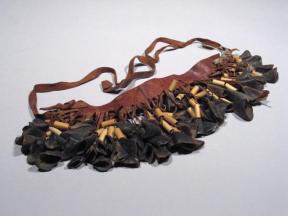 Robert Zingg and Wendell Bennett were graduate students at the University of Chicago when they led an anthropological expedition to study the Tarahumara in Chihuahua, Mexico for nine months in 1930-31. The expedition was one of the first modern studies of remote indigenous groups in Mexico, and the work published from their studies is one of the few on a culture of northern Mexico. The collection has about 400 items, ranging from basic clothing and housewares to objects used for dances and ceremonies. It is one of the earliest, most comprehensive, and largest Tarahumara collections in the United States. Some of these items can be seen in the Mexican Courtyard on the Third Floor.
Robert Zingg and Wendell Bennett were graduate students at the University of Chicago when they led an anthropological expedition to study the Tarahumara in Chihuahua, Mexico for nine months in 1930-31. The expedition was one of the first modern studies of remote indigenous groups in Mexico, and the work published from their studies is one of the few on a culture of northern Mexico. The collection has about 400 items, ranging from basic clothing and housewares to objects used for dances and ceremonies. It is one of the earliest, most comprehensive, and largest Tarahumara collections in the United States. Some of these items can be seen in the Mexican Courtyard on the Third Floor.
 Across from the elevators on the Third Floor, visitors can explore a life-size diorama of a recreation of the Merced Market in Antigua, Guatemala during the mid-20th century. The Spanish erected a church there in the 18th century which suffered damage from repeated earthquakes through the centuries. You can see the fallen and broken architectural features in the background and foreground of the diorama.
Across from the elevators on the Third Floor, visitors can explore a life-size diorama of a recreation of the Merced Market in Antigua, Guatemala during the mid-20th century. The Spanish erected a church there in the 18th century which suffered damage from repeated earthquakes through the centuries. You can see the fallen and broken architectural features in the background and foreground of the diorama. Robert Zingg and Wendell Bennett were graduate students at the University of Chicago when they led an anthropological expedition to study the Tarahumara in Chihuahua, Mexico for nine months in 1930-31. The expedition was one of the first modern studies of remote indigenous groups in Mexico, and the work published from their studies is one of the few on a culture of northern Mexico. The collection has about 400 items, ranging from basic clothing and housewares to objects used for dances and ceremonies. It is one of the earliest, most comprehensive, and largest Tarahumara collections in the United States. Some of these items can be seen in the Mexican Courtyard on the Third Floor.
Robert Zingg and Wendell Bennett were graduate students at the University of Chicago when they led an anthropological expedition to study the Tarahumara in Chihuahua, Mexico for nine months in 1930-31. The expedition was one of the first modern studies of remote indigenous groups in Mexico, and the work published from their studies is one of the few on a culture of northern Mexico. The collection has about 400 items, ranging from basic clothing and housewares to objects used for dances and ceremonies. It is one of the earliest, most comprehensive, and largest Tarahumara collections in the United States. Some of these items can be seen in the Mexican Courtyard on the Third Floor.
